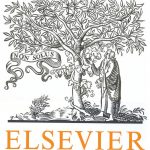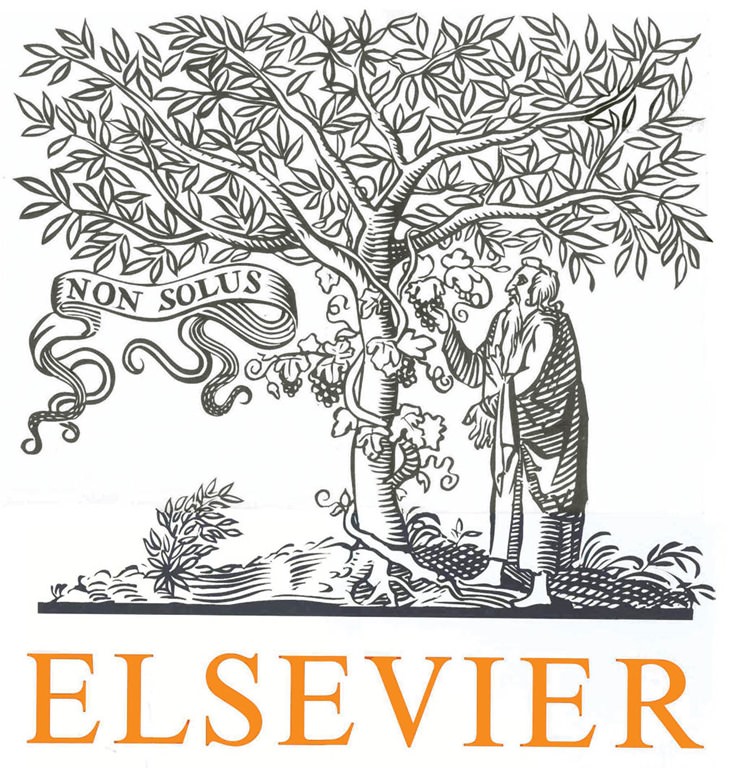Conclusion
In this study, we present a monitoring system based on a WSN to measure environmental variables (DO concentration and water temperature in this application) in freshwater fishpond aquaculture. The hardware of WSN nodes, topology of WSN and software for different types of nodes are also described in detail. The experimental results show that tree topology brings less packet loss rate than star or mesh and reached 3.2% at a measurement interval of 2s in this application. Meanwhile, the experimental results also show that there are significant positive effects on a WSN node's continuous working hours through adopting energy-saving strategies including PM2 and data merging mode. The average remaining energy of sensor nodes, routing nodes and gateway node respectively reach 58%, 42%, and 29% after running for 20 days. Further work will focus on multi-functions of the system, improvement of energy saving, and forecasting of DO concentration and water temperature in the three-dimensional space of a fishpond. Further work will also assess solar energy to replace AA batteries, to avoid producing waste batteries. Consideration of short series of multiple measurements at a lower frequency, and the effects on the efficiency and reliability of transmission imposed by increasing sensor nodes are also needed.








